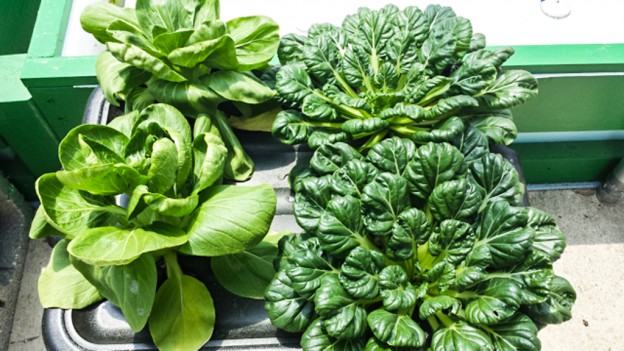With our population predicted to grow to 9 billion in 2050, it’s not hard to notice the pressure that has been put on the environment, affecting our access to and the production of natural resources. We have farmed, dammed, and mined the most lucrative and easily accessible areas, leaving little alternative other than to expand onto marginal lands in order to sustain our food needs. Agribusinesses and corporations see the food industry in terms of economic efficiency, when they should focus on environmental equity, which is where hydroponics comes into play. Small scale farms and gardens have the power to reshape and reengineer the food system in a more sustainable way.
Hydroponics and indoor agriculture have become an increasingly viable option as issues like drought, supply chain complications and the lack of new farmable land force farmers to adopt more efficient and sustainable agricultural practices. Hydroponics can be used to grow crops on a large scale for farmers and agribusinesses, or on a small scale for households and families who want to turn their yard, kitchen, or living room into a garden.
Engineering Your Own Food System
What’s great is that the growth rates in hydroponics systems often exceed the growth rate in soil, so in just a few weeks you can harvest plants like kale and tomato, giving you the opportunity to harvest several crops a year. Hydroponic systems do typically require a larger initial capital investment, but over time will provide you with a sustainable way of engineering your own food system you and your family.
Broken down, hydroponics starts with finding the right substrate, or something to support your plant’s roots while it grows. Since your plants are getting nutrients from water rather than soil, it’s important to maintain the proper water chemistry, and nitrogen, phosphorus and potassium are going to be your most important nutrients. You can make your own nutrient solutions, but there are also other alternatives, like the Genesis Controller, which is a system “designed to automatically measure and regulate the nutrient levels and pH levels of your hydroponic reservoir.”
There’s a bit of science behind hydroponics, so you have to make sure you are monitoring your levels so that they are optimal for whatever crop you choose to grow. Lettuce is a great plant for beginners, because it normally has 30-85 days until it reaches maturity, and planting it sequentially will ensure a continuous harvest. You can also grow tomatoes, though that requires pollination and trellising, and cucumbers, which also require trellising, as part of a sustainable polyculture system. The possibilities are endless for engineering your own food system, and with the right plant and the right set up, you can grow most of, if not all, of your own food!
